
Designer Agne Kucerenkaite’s research-based project Amber Waste is Bliss is an ongoing experimentation of amber waste that is transformed into a new material, thereby creating a range of more cost-effective interior products. It is a sustainable research-based design project that explores the repurposing of industrial waste. With a Bachelor of Interior Architecture degree from the Vilnius Academy of Arts, Kucerenkaite wanted to work more conceptually and independently. This drove her to the Netherlands to study at the Design Academy Eindhoven where she discovered all materials and worked with ceramics, glass, metal, wood, textiles, organic materials, to name a few. With the desire to work with waste or secondary materials and the challenge to transform them into something unexpected with a higher value, Kucerenkaite’s Amber Waste is Bliss adopts a holistic framework by a comprehensive study of materials and their footprint. Know more about Kucerenkaite’s project on SURFACES REPORTER (SR).
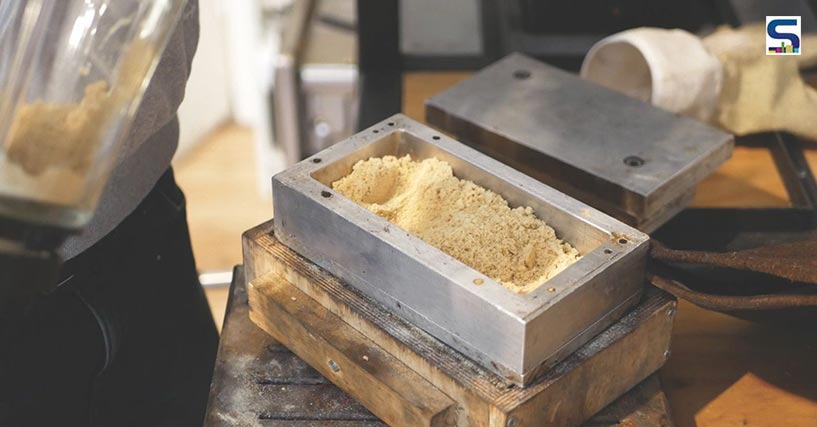
Transforming raw materials into valuable products
A fossil tree resin, amber is derived from extinct resin-bearing trees. The fossilization of the resin takes years. Despite being available throughout the world, amber is commonly seen on the coast of the Baltic Sea. This is due to amber pieces that float on saltwater get washed ashore on the beaches of Lithuania and Poland. Nearly 90 per cent of the world’s amber comes from this region.
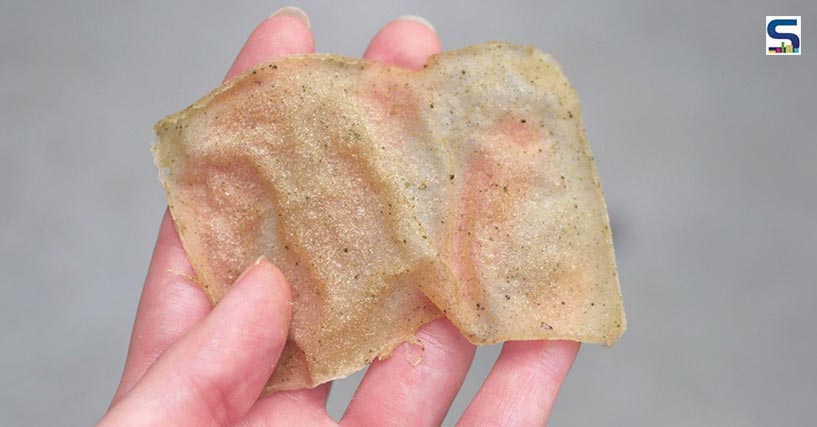
For the production of jewellery, the majority of the carving is done by hand with the help of a saw, fine-toothed files, drills, diamond disks and sandpaper. During the carving, a huge amount of its by-product is generated. Amber dust, the waste, is further sold in small quantities as it is grimed by sandpaper which makes it lose its value. This eventually is disposed of in dumpsters or sewage.
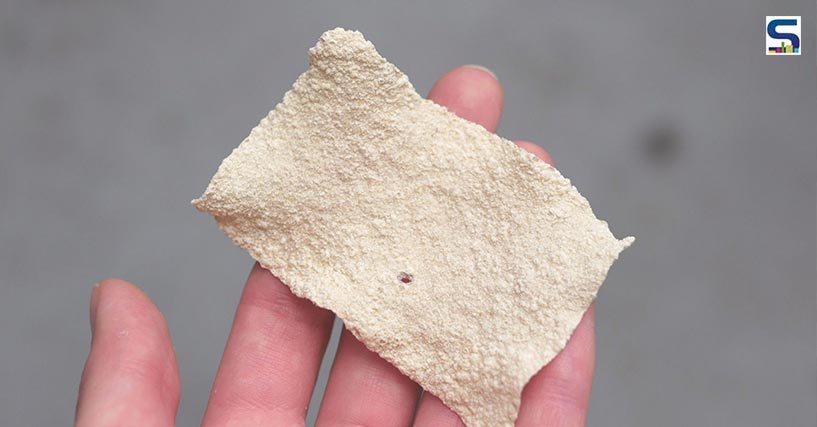
For her project Amber Waste is Bliss, Kucerenkaite takes this amber dust to conduct a full scope of material research. She softens and melts the amber dust by combining it with other reclaimed materials. This is then pressed into a mould. Amber is soft and brittle. By deconstructing the waste with the help of new biomaterials and binders, the byproduct obtains altering properties and changes colour. This leads to the formation of a completely new material. Cellulose that is extracted from the sewage waste stream and hemp solid remains after edible oil extraction provides the desired strength. This amber bio-composite can be further used to create homeware and a range of other surfaces.
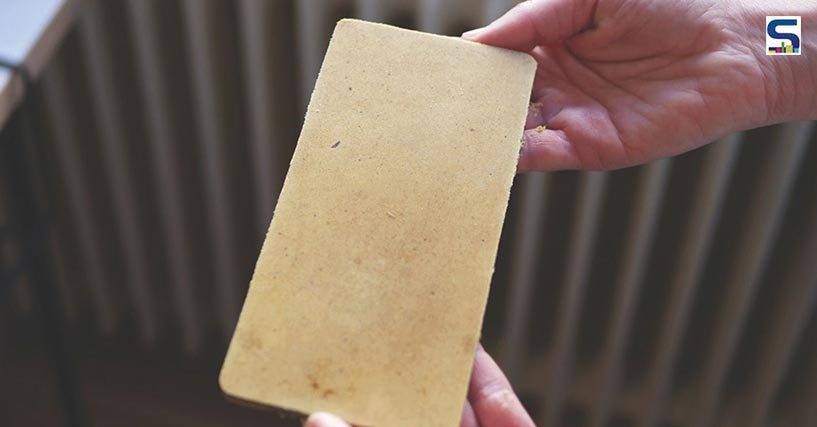
Properties
Although organic, amber retains its chemical composition over time. Kucerenkaite informs that the resin that chemically becomes amber had originally contained liquids such as oils, acids and alcohols including terpenes. Over time, little terpenes evaporate while some of it condenses and get cross-linked with each other, thereby forming polymers.
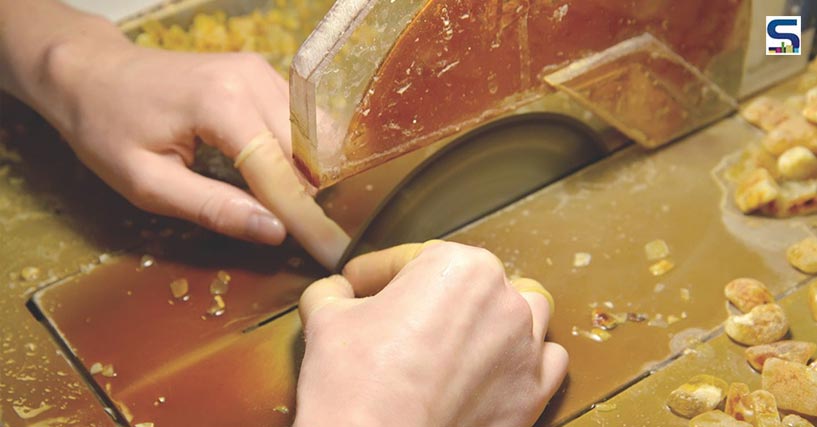
The structure and composition of amber depend on the makeup of the original tree resin, the age of the amber, the environment in which it was deposited, and the thermal conditions and geological forces to which it was exposed, notifies Kucerenkaite. This shows that despite sourcing amber from similar locations, amber may vary in its chemical structure and physical characteristics.
Image credits: Green Product Award